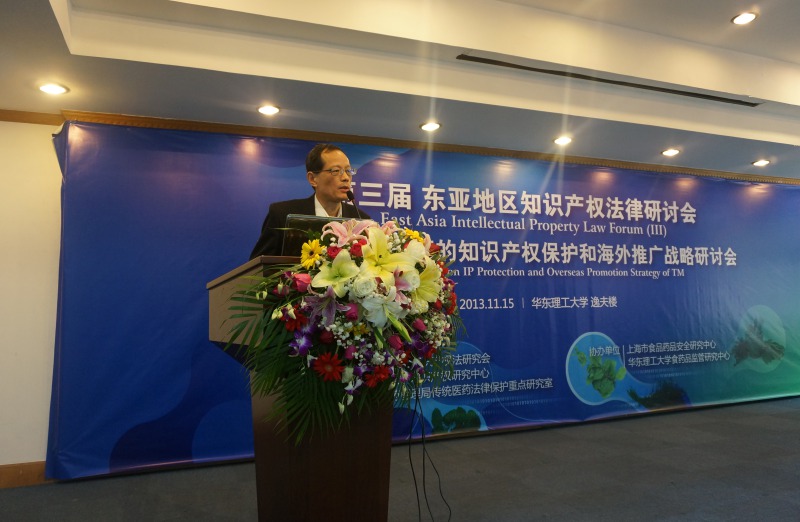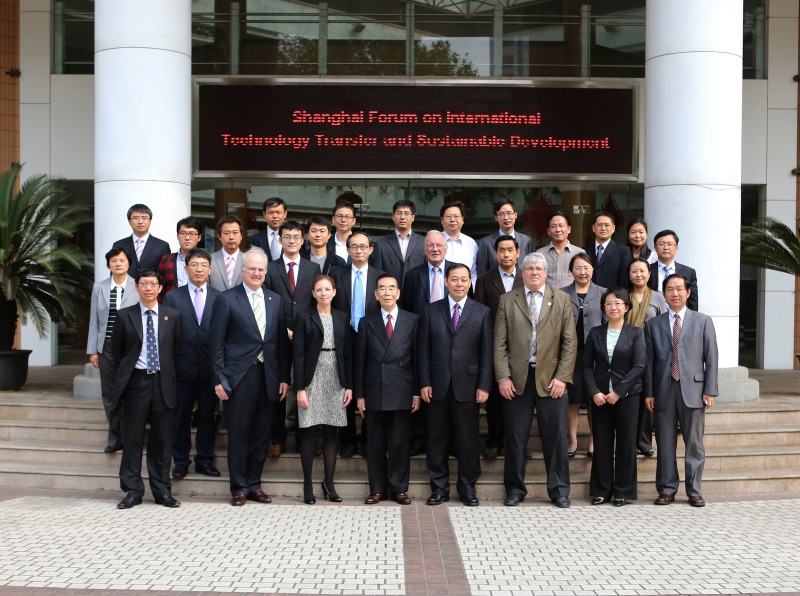Inheritance and Development of Xinjiang Uygur Traditional Culture
Chen Jian
Guizhou Ethnic Studies, 2014(11)
Abstract: Xinjiang Uygur traditional culture takes animportant part of Chinese traditional culture, along with thousands of years ofevolution, it has now formed a unique,complete culture system. But in modernsociety, affected by the information age, there are also some problems in the traditional cultural inheritance of Uygur , and its development is also underthe impact of modern civilization. In this paper, it starts with an overview of Xinjiang Uygur traditional culture and history, summed up their cultural characteristics and to identify the basis of its development problems andcauses, making recommendations on Xinjiang Uygur traditional cultural development.
Key words: Xinjiang Uygur, traditional culture, heritage,development
Outline:
Among all the autonomous regions in China, Xinjiang Autonomous Regionholds the largest land area. Among all the ethnic groups in Xinjiang, Uygur has the largest cultural influence. Uygur’s culture has being in continuous destruction and renewal in the inheritance within thousands of years.
In this paper, it consists of five parts:
The first part is an overview of Xinjiang Uygur traditional culture. Itintroduces the history of Uygur and how does it come into being through the years of change.
The second part is about the inheritance status of Uygur traditionalculture. In this part, there are three evidences: (1) The development of information and technology have great impacts on the ethnic cultural environment, and most of the impacts are negative. Traditional cultureinheritance has being facing more and more risks. (2) Traditional values hasbeen impacted. How to balance the relationship between traditional culture andmodern development is an essential issue. (3) Cultural identity needs to beconfirmed. Xinjiang Autonomous Region is in the west of China inland. There isan imbalance between East and West, thus the relative poor economic developmentleads to the unsure of Uygur’s own group, including their culture.
The third part is on the reasons of Uygur culture’s marginalization. Itanalyzes from three aspects, including economic causes, social causes and mediacauses.
The fourth part gives some recommendations about Uygur traditional culture inheritance, including enhancing the effects of modern media on theinfluence of traditional culture, playing an educational role in promoting traditional culture and internationalizing the Uygur traditional culture.
The fifth part is the conclusion. It points out that the problem of inheritance and development of traditional ethnic culture should be rationally treated, advanced with times,taking the essence and discard the dregs.
next:Zhengzhou Declared 149 Intangible Cultural Heritages, Inheritors are Getting into a Tough Situation


